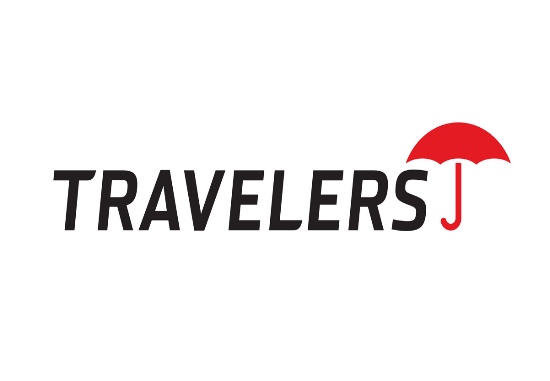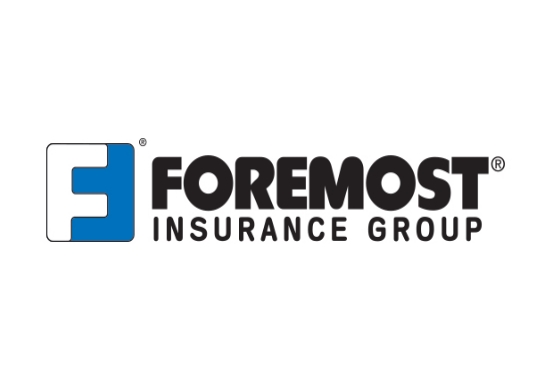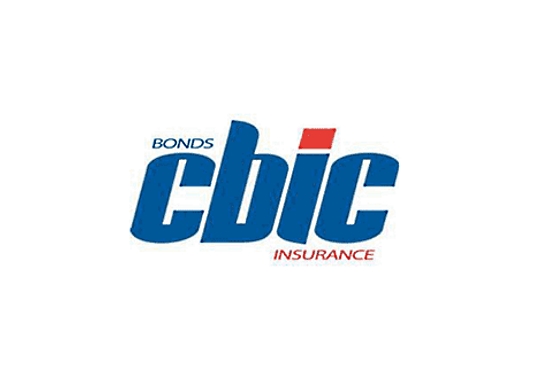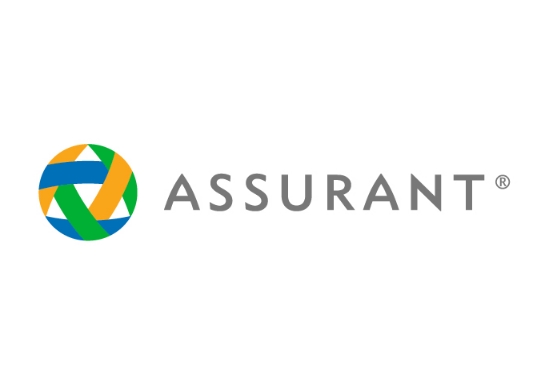How to get free health insurance?
Many people ask whether truly free health insurance exists. The short answer: yes — for some people, but options depend on your income, household, age, immigration status and where you live. Several public programs and local resources can provide no-cost or $0 premium coverage; other pathways offer sliding-scale or near-free care. Here’s how to find out if you qualify and how to apply.
🟩 Quick Definition (Snippet-Ready)
Free health insurance usually means government or locally funded programs (like Medicaid or special state initiatives) that provide coverage with no monthly premium for eligible people based on income, household, age, disability or pregnancy.
Who Can Qualify for Free or $0-Premium Coverage?
Low-income adults, seniors and people with disabilities who meet income and asset rules may qualify for Medicaid (no monthly premium in most cases).
Children and pregnant women in many places may be eligible for free or low-cost programs.
In some states or localities, low-income adults are covered through expanded Medicaid or state-funded plans.
People with very low incomes may receive marketplace plans with premium tax credits that reduce monthly premiums to $0.
Individuals qualifying for charity or safety-net programs (community clinics, hospital financial assistance) can receive free care even without formal insurance.
Ways to Get Free or Near-Free Health Coverage
1. Apply for Medicaid or State Health Programs
If your income is at or below state limits (which vary), you may qualify for Medicaid — typically with no monthly premium and minimal cost-sharing. Each state sets eligibility rules; children, pregnant people, seniors and people with disabilities often have dedicated pathways.
2. Check for $0-Premium Marketplace Plans
If your income is low-to-moderate, you may qualify for premium tax credits that lower marketplace plan premiums to $0. This still counts as insurance (with regular benefits) even though the monthly premium is zero.
3. Enroll Children in CHIP or Similar Programs
Many places offer free or very low-cost insurance for children. If you have kids, they may qualify even if adults in the household do not.
4. Use Community Health Centers and Safety-Net Clinics
Federally-funded community clinics and local health centers provide primary care on a sliding scale or for free based on income. They are a reliable option for uninsured or underinsured people.
5. Hospital Financial Assistance & Charity Care
Hospitals often have charity programs that reduce or eliminate medical bills for eligible low-income patients. If you face major medical costs, apply for hospital financial assistance before or after treatment.
6. State or Local Pilot Programs
Some states or cities run special programs to cover specific populations (undocumented kids, low-income adults, postpartum care). Check your state or county health department for locally funded options.
7. Employer & Group Options (When Available)
Some employers offer full premium coverage for certain employees or their dependents — effectively making coverage free to the enrollee. Check employer benefits and community employment programs.
Step-by-Step: How to Try to Get Free Coverage
Estimate your household income for the year and gather basic documents (IDs, proof of income, household composition).
Check Medicaid eligibility with your state agency — many states offer online pre-screens or phone help.
Compare Marketplace plans during open enrollment or a special enrollment period and see if premium tax credits reduce a plan to $0.
Apply for children’s programs if you have dependents.
Locate community health centers and ask about sliding-scale care.
Ask hospitals about charity care if you need urgent or expensive treatment.
Keep records of all applications and notices — this speeds appeals and follow-up.
Re-check annually: income, household or policy changes can make you newly eligible.
FAQs
Q1. Is truly “free” health insurance common?
Free coverage exists for many through Medicaid and public programs; others can get $0-premium marketplace plans via subsidies. It’s not universal — eligibility depends on income, household size, state rules and special programs.
Q2. Can undocumented immigrants get free health insurance?
Federal programs generally exclude undocumented adults, but many states and localities provide limited or fully funded care for children, pregnant people or specific immigrant groups. Community clinics also provide care regardless of status.
Q3. What’s the difference between free insurance and free care?
Free insurance means enrolled coverage with benefits (e.g., Medicaid). Free care refers to charity programs or sliding-scale clinics that provide services without full insurance.
Q4. Do $0-premium marketplace plans mean no other costs?
A $0 premium means no monthly payment, but you may still face deductibles, co-pays or out-of-pocket costs when you receive care. Check the plan’s cost-sharing and network rules.
Q5. How quickly can I get covered?
If eligible for Medicaid, enrollment can be immediate once approved. Marketplace plans have set start dates (or special enrollment triggers). Community clinics can often provide same-day care.
Final Thoughts
Free or $0-premium health insurance is real for many people — especially low-income families, children, pregnant people, seniors and those with disabilities — but eligibility rules vary by state and program. If cost is a barrier, start with a Medicaid check and then explore marketplace subsidies, community health centers and hospital charity care. Small steps (documentation, simple applications) can unlock full coverage or reliable low-cost care.
Need help checking eligibility or applying for free or low-cost coverage? Fill out the form below to get personalized guidance and support from our benefits team. We’ll help you check Medicaid, find $0-premium options, or locate local clinics near you.
Related Posts
Get a Right Insurance For You
SHARE THIS ARTICLE
We will compare quotes from trusted carriers for you and provide you with the best offer.
Protecting your future with us
Whatever your needs, give us a call, have you been told you can’t insure your risk, been turned down, or simply unhappy with your current insurance? Since 1995 we’ve been providing coverage to our customers, and helping people across United States.












